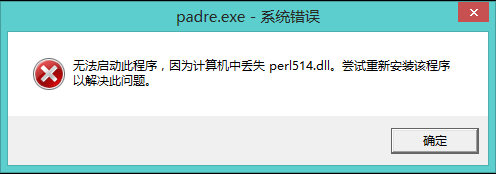我有这个脚本加密密码,但我不知道如何扭转它并解密.这可能是一个非常简单的答案,但我不明白如何做到这一点.
#!/usr/bin/perl
use Crypt::Eksblowfish::Bcrypt;
use Crypt::Random;
$password = 'bigtest';
$encrypted = encrypt_password($password);
print "$password is encrypted as $encrypted\n";
print "Yes the password is $password\n" if check_password($password,$encrypted);
print "No the password is not smalltest\n" if !check_password('smalltest',$encrypted);
# Encrypt a password
sub encrypt_password {
my $password = shift;
# Generate a salt if one is not passed
my $salt = shift || salt();
# Set the cost to 8 and append a NUL
my $settings = '$2a$08$'.$salt;
# Encrypt it
return Crypt::Eksblowfish::Bcrypt::bcrypt($password,$settings);
}
# Check if the passwords match
sub check_password {
my ($plain_password,$hashed_password) = @_;
# Regex to extract the salt
if ($hashed_password =~ m!^\$2a\$\d{2}\$([A-Za-z0-9+\\.]{22})!) {
return encrypt_password($plain_password,$1) eq $hashed_password;
} else {
return 0;
}
}
# Return a random salt
sub salt {
return Crypt::Eksblowfish::Bcrypt::en_base64(Crypt::Random::makerandom_octet(Length=>16));
}



